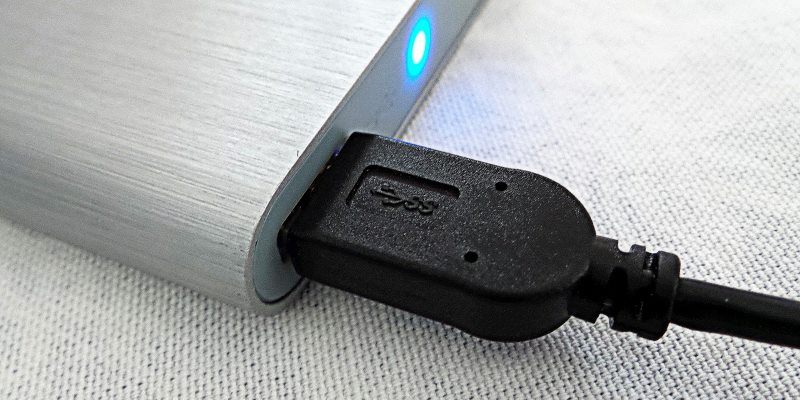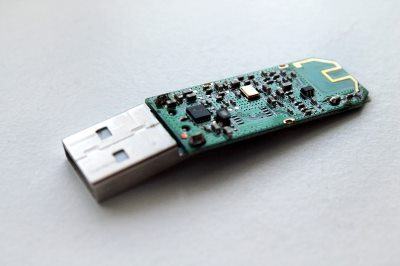
Have you noticed that when you plug in a USB drive, Windows puts a little icon in the system tray informing you that you can “safely remove” the USB drive? If you click on the option to do so, Windows will then tell you that it’s safe to remove the drive. However, what does it mean to “safely remove” a USB drive? And do we need to do it with all USB devices?
What “Safely Remove” Does

So why do we bother safely removing USB drives, and what happens if we don’t?
To understand this, we have to look at how computers use files. Let’s say you have a text document on a USB stick, and you open it up on your computer via the stick. Your computer will take the document and load it into the RAM, where you can make changes to it. If you’ve ever suffered from a power cut or computer crash, you’ll know that any changes you make to the document while it’s in the RAM is lost when the computer loses power. That’s why we use the “Save” command to save our work — it’s when the PC takes what’s on the RAM and writes it to the permanent storage of our choice. In this case, it will be the USB stick.

The thing is, saving to a physical media isn’t an instantaneous process. The computer has to write the data from the RAM to the USB stick. What do you think would happen if midway through the writing process the USB drive was removed from the computer? Due to not completing its writing process, there’s a chance the file on the USB drive would become corrupt and suffer from data loss, if not become entirely unusable! This is what the “safely remove” feature aims to avoid, by allowing the computer to finish up its write jobs before you remove the USB drive.
In a way this is similar to if you’re hand-writing a document for someone. You begin to write the document, but mid-way through the process the person you’re writing it for says he wants the document gone and suddenly snatches it out from under your pen. Not only is the document still incomplete, but chances are it will ruin the document in the process! In a way, this is akin to what happens to documents when the USB drive is removed during a write process.
Does Every USB Device Need to Be Safely Removed?
So now we know the “safely remove” feature is designed to prevent data corruption by removing a USB drive during a write process. Therefore, this means that any device that doesn’t have data written directly onto it doesn’t need to be safely removed like USB drives do. If you want to disconnect peripherals such as mice, keyboards, game controllers, and WiFi adapters, you can simply unplug them whenever you like without fear of data loss. After all, there’s no data in question to be lost!
Playing It Safe
It can be confusing as to what “safely removing” a USB device is, but it’s actually quite simple! Now you know what it does, why it’s needed, and why it only applies to USB drives and no other USB device.
Have you ever suffered data corruption due to removing a USB drive too quickly? Let us know below.
Simon Batt is a Computer Science graduate with a passion for cybersecurity.
Subscribe to our newsletter!
Our latest tutorials delivered straight to your inbox
Sign up for all newsletters.
By signing up, you agree to our Privacy Policy and European users agree to the data transfer policy. We will not share your data and you can unsubscribe at any time. Subscribe
